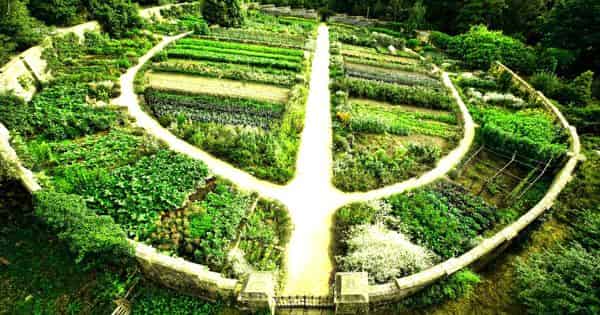Permaculture is an innovative framework for creating sustainable ways of living. It is a set of design principles centered on whole systems thinking, simulating, or directly utilizing the patterns and resilient features observed in natural ecosystems. It is a practical method of developing ecologically harmonious, efficient, and productive systems that can be used by anyone, anywhere. It uses these principles in a growing number of fields from regenerative agriculture, rewilding, and community resilience. It is a creative design process based on whole-systems thinking informed by ethics and design principles that feature on this site. Its principles allow us to create a culture that can endure and thrive for generations to come. At its heart are three very simple tenets or ethics:
- Care for the planet.
- Care for people.
- Fair share.
“Permaculture is a creative design process based on whole-systems thinking informed by ethics and design principles that feature on this site.”
Permaculture studies and applies holistic solutions that are applicable in rural and urban contexts at any scale. It is a term used to describe an intentional system of agriculture and settlement that aims to reflect the interrelationships and sustainability of natural ecosystems. The term permaculture was coined in 1978 by Bill Mollison, senior lecturer in Environmental Psychology at the University of Tasmania, and David Holmgren, then a graduate student at the Tasmanian College of Advanced Education’s Department of Environmental Design. It is the conscious design and maintenance of agriculturally productive ecosystems which have the diversity, stability, and resilience of natural ecosystems.

This is the essence of permaculture – the design of an ecologically sound way of living – in our households, gardens, communities, and businesses. It originally meant “permanent agriculture”, but was expanded to stand also for “permanent culture”, since social aspects were integral to a truly sustainable system as inspired by Masanobu Fukuoka’s natural farming philosophy. It is created by cooperating with nature and caring for the earth and its people. It moves beyond theory and gives us a range of practical solutions that we can use in every area of our lives.
Permaculture design is a system of assembling conceptual, material, and strategic components in a pattern which functions to benefit life in all its forms. It has many branches including ecological design, ecological engineering, regenerative design, environmental design, and construction. It gives us a range of practical solutions for a better world. Permaculture also includes integrated water resources management that develops sustainable architecture, and regenerative and self-maintained habitat and agricultural systems modeled from natural ecosystems. These principles are most commonly used in relation to food growing systems, but can also be used to guide us in all parts of our lives.
















